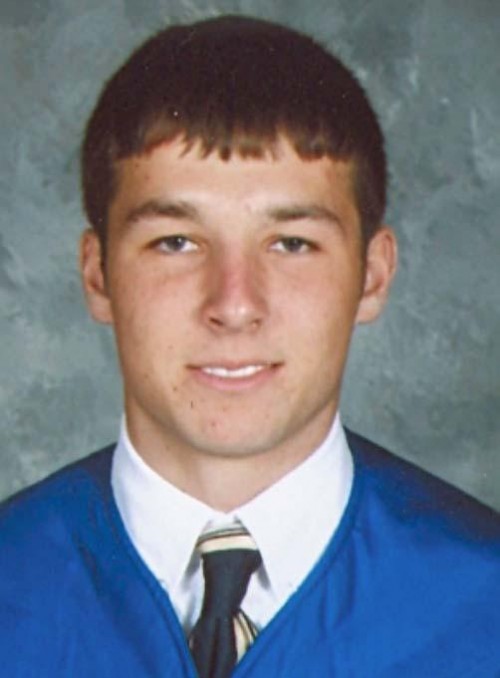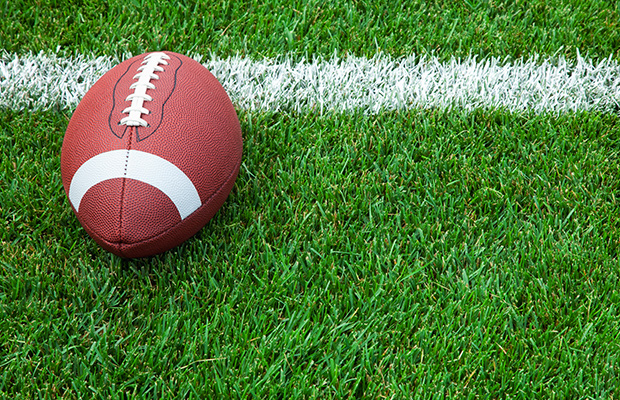
James Cantrelle
September 28, 2010Lafourche District 13 school board
September 30, 2010Former Terrebonne High School standout Sierra Lyons took a giant leap to grab a rebound, but then fell sharply to the floor.
What happened after that is a little bit fuzzy to the Tigers’ all-time leading rebounder.
That’s because Lyons’ head slammed onto the hardwood floor in the South Lafourche gymnasium, giving her a concussion and leaving her seeing butterflies.
“I took like three falls in that game,” Lyons said. “It was only a mild concussion. But I had headaches for a few days and I had a knot like they get on the cartoons on my head.”
Lyons is one of several thousands of athletes each year to get a concussion.
But how do these injuries occur and can they be prevented?
SportsNet hopes to answer all of those questions, plus many more about this painful “brain bruise.”
In future weeks, we will detail other injuries that nag athletes in the Tri-parish area and worldwide.
Overview:
Unlike other injuries, the definition of a concussion is simple. It’s an injury that occurs when the brain is thrust against the skull during a big hit or in Lyons’ case, a hard fall.
When the impact of that collision between the brain and the skull is fierce enough, the brain sometimes gets a bruise, which is when a person is diagnosed as being concussed.
“A concussion, simply put, is a brain injury,” Nicholls State Head Athletic Trainer Shaun Duhe said. “It occurs when a blow, not even necessarily a direct blow to the head, but it’s a blow that forces the brain to hit the skull and creates a little bit of a bleeding up there and a bruise on the surface of the brain.”
The symptoms for concussions are pretty clear-cut among everyone with the injury, according to Duhe.
“The almost universal symptoms for a mild concussion would be headache, dizziness, blurry vision and a little bit of a loss of coordination and balance and those types of things,” Duhe said. “And as the injury gets more and more severe, it could ultimately lead all the way up to a loss of consciousness or even worse if it’s bad enough.”
And like with most injuries, there is a sliding scale to determine the severity of the injury, ranking from a Grade 1 concussion all the way to Grade 3.
“Grade 1 is typically your mild concussion where you take the blow, but the symptoms typically clear within a day or two,” Duhe said. “Grade 2, depending on the scale, is anywhere from minimal loss of consciousness to no loss of consciousness, but the thing that is most universal about people’s definition of Grade 2 is they take a little bit longer to clear the symptoms. These are the kids who have a headache for four, five or six days after the initial injury. Then your Grade 3 is when you have a prolonged loss of consciousness. These are the people who are out for a minute, two minutes or even more. Those are the kids who really have a hard time losing their symptoms.”
Treatment & Recovery:
Knowing the above symptoms is the biggest part of treating a concussion.
Because unlike any other part of the body, the brain cannot be rehabbed or exercised.
Duhe said before recovery can begin, the brain’s trauma must completely come to an end.
“All the symptoms have to be back to zero before we even consider putting them on the road back to being able to play,” Duhe said.
Once a player is symptom-free, they are then slowly worked back into their normal routine and ultimately back into game competition.
“We might start them running or riding a bike a little bit,” Duhe said. “If they don’t have any recurring symptoms, then we’ll return them back to some accelerated cardio activity. If that goes well, too, then we’ll progress them to weightlifting or something more intense that causes more stress on the body. If they’re still symptom-free after that, then we might progress them to non-contact activity, which means they can practice, but they can’t get hit. Then ultimately if those things all go well with no setbacks, then we clear them back for full-time action.”
With athletes, there is no way to fully predict how long they will have to wait until they are 100 percent symptom free.
“From the first concussion, it’s an average of about a 7-10 day recovery time, maybe a little sooner, maybe a little later,” Duhe said. “But that’s not an exact science.”
But Duhe did say that the length of time in between concussions and the amount of concussions a person has does make them more susceptible to other concussions, and ultimately longer and more severe concussions, as well.
“Your first one, and even your second and third concussions, you probably need to take some sort of significant blow,” he said. “But if you get four or five, each time, the blow needs to be less and less to create a concussion. And also the time in between them is significant, too. If you have your first concussion three months ago, and then have another big hit that close to your first concussion, it will be a lot easier to get another one. If your first concussion was two or three years ago, then obviously, the blow will need to be pretty significant to give you another one … And likewise, what we see is the people who have the high numbers of concussions, they’re more likely to have a significant one later, as well.”
One of the biggest reasons time is a critical factor is because of “Second-Impact
Syndrome,” which is severe trauma that results when the brain receives a second hit when it’s not fully healed from the initial blow.
“This is more common in the younger kids, your junior high, high school and younger college kids,” Duhe said. “But when they get that first concussion, and they then get another one before their symptoms fully clear, that can be very serious. There are cases of this where kids are in comas for months or sometimes they even die from it when they have that second impact. And the scary thing is the second hit sometimes just needs to be a minor blow.”
Random Facts:
• One of the ways a concussion is diagnosed on the field of play is with a memory test. Trainers ask athletes certain brain twisters (like reciting the months of the year backwards) to see if they are in the right mental state of mind.
• Trainers pay close attention to a subject’s eyes when a concussion is feared. They say a concussed athlete’s eyes are prone to wander when there is trauma to the brain.
• A long-term study of NFL players concluded that one in every three NFL athletes has had at least one concussion in their playing career.
•Doctors estimate more than 300,000 concussions occur annually in the United States
•Notable local and national athletes who have suffered concussions:
Sierra Lyons, Bobby Hebert, Jason Witten, Steve Young, Troy Aikman, Tim Tebow











